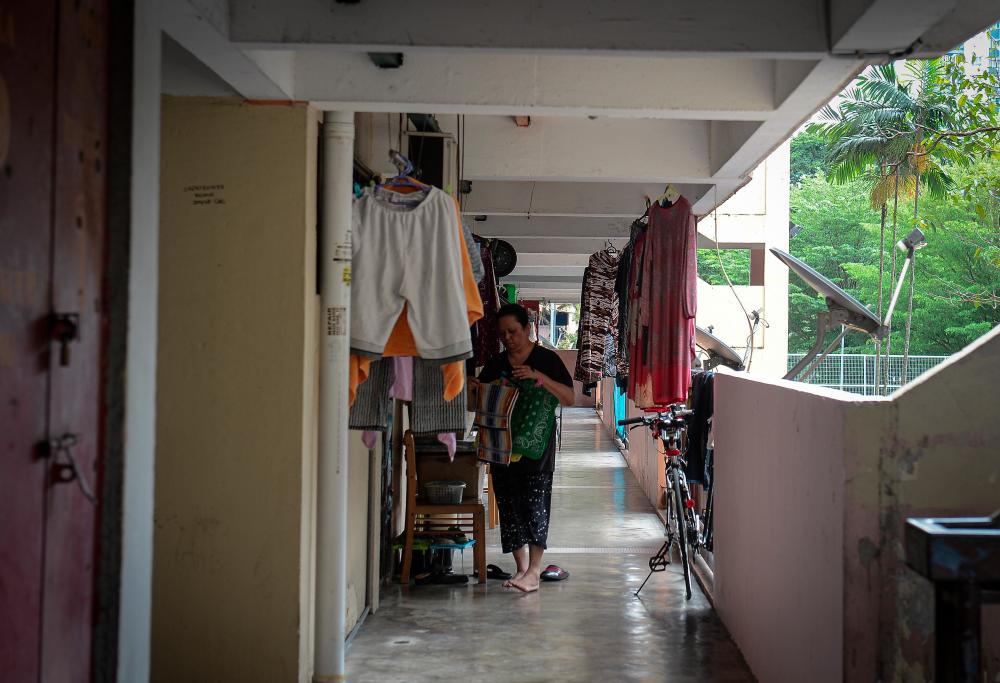PETALING JAYA: The poverty rate in Malaysia has shown a significant decline, dropping from 8.2% in 2021 to 6.2% last year, according to data released by the Statistics Department as part of its Household Income and Expenditure Survey.
Monash University economics professor Niaz Asadullah said this positive trend indicates that the government’s efforts in poverty reduction are beginning to show promising results.
“Compared with other countries in the region or even globally, Malaysia’s poverty rate is relatively lower. However, poverty reduction has not been uniform across all regions and demographic groups.
“Those with formal sector jobs have experienced a more significant poverty reduction, while the progress for informal sector employees and indigenous groups in rural areas has been slower.”
In particular, he said Sabah and Kelantan continue to face challenges, with poverty rates still in double digits, adding that the Covid-19 pandemic had caused a setback in poverty reduction efforts.
“Between 2019 and 2020, the country experienced an 11.3% decline in median monthly household income and an increase in the poverty rate from 5.6% to 8.4%.”
Niaz said the government’s responsive measures, such as the implementation of various stimulus packages and direct cash transfers, helped to mitigate the effects of the pandemic on poverty levels.
“Financial aid such as Bantuan Prihatin Nasional, with an allocation of RM10 billion, has benefitted vulnerable households.
“Wage subsidy programmes and the Prihatin SME stimulus package are other pro-poor pandemic time provisions that have helped small and medium enterprises.”
Niaz also said the increase in allocations for fuel and other subsidies from 0.6% of GDP in 2019 to 2.9% in 2022 has had a lower impact because of poor targeting.
On median household income, he said there has been an increase, rising by 2.5% in 2022.
“Selangor, which is the most populous state, experienced the highest increase in median household income. This increase indicates improved economic conditions and better job opportunities.”
However, he said poverty reduction through employment and addressing chronic poverty in rural areas involving Orang Asli in remote villages could hinder further progress.
On average wages in the country, Niaz said: “About half of all Malaysians earn less than RM2,000 per month.
“Without measures to ensure wage growth, we may experience urban poverty as people migrate to cities from rural areas.”
He added that beyond better access to infrastructure, the largest obstacle is coming up with the ideal programme to alleviate structural poverty.
“The Inisiatif Pendapatan Rakyat vending machine programme is promoted through political campaigns, apart from aspirational aims such as rescuing 136,000 households from extreme poverty by the end of this year.
“However, many initiatives are poorly thought out and lack empirical backing. Future advancements in poverty reduction programmes may be impeded if populism and short-term thinking are allowed to persist,” he stressed.
Niaz emphasised that while Malaysia has made commendable progress in reducing poverty, future efforts need to be done better.
“By addressing future challenges and implementing targeted and inclusive policies, the government can ensure that the trend in declining poverty continues.
“This will certainly lead to a more prosperous and equitable society for all Malaysians.”









